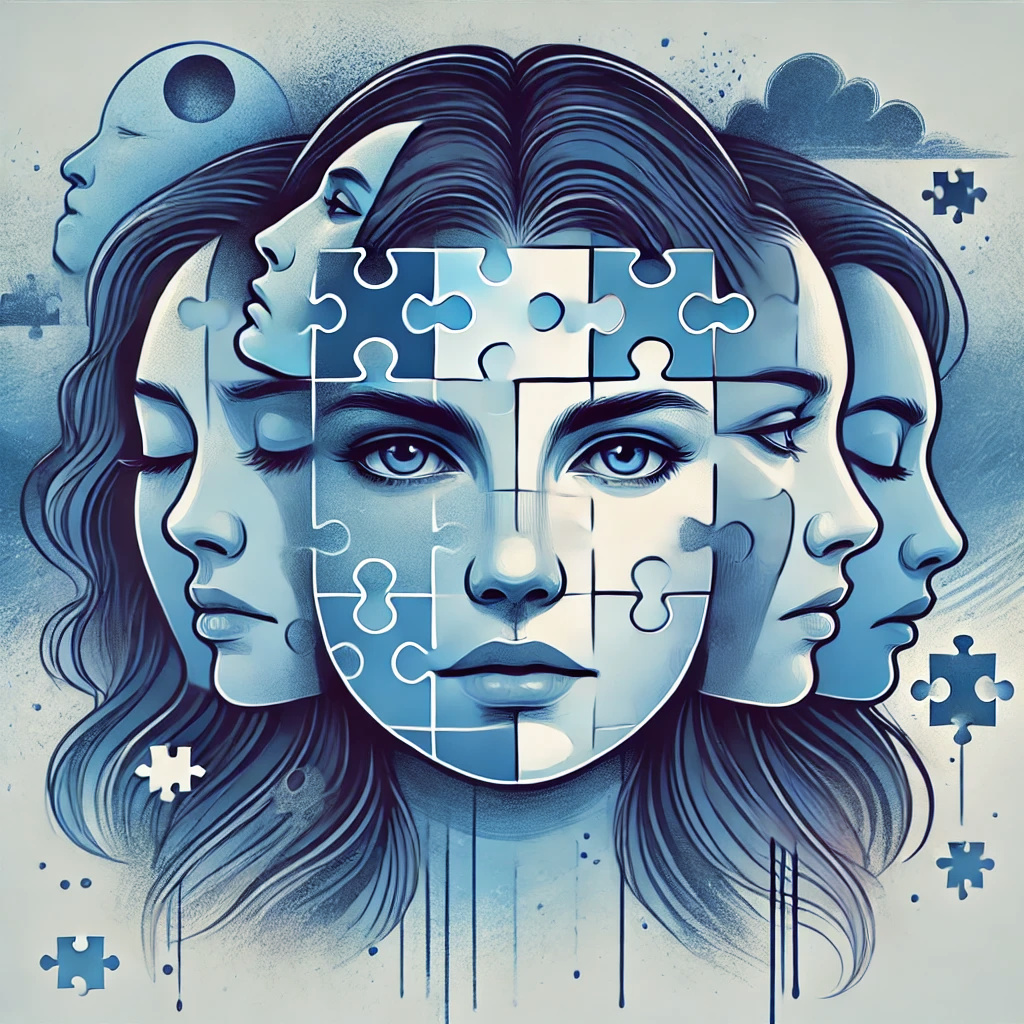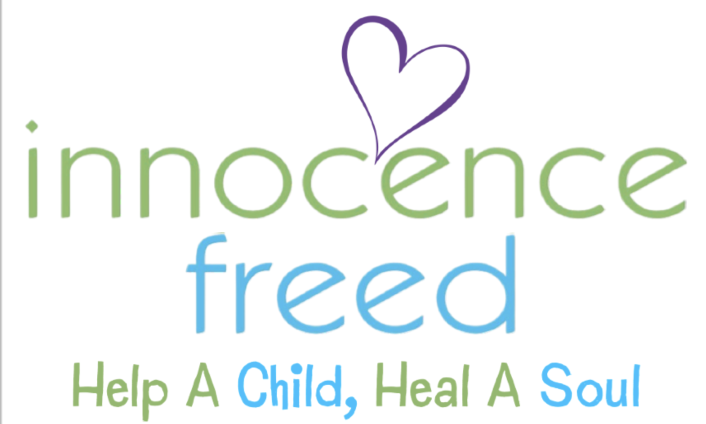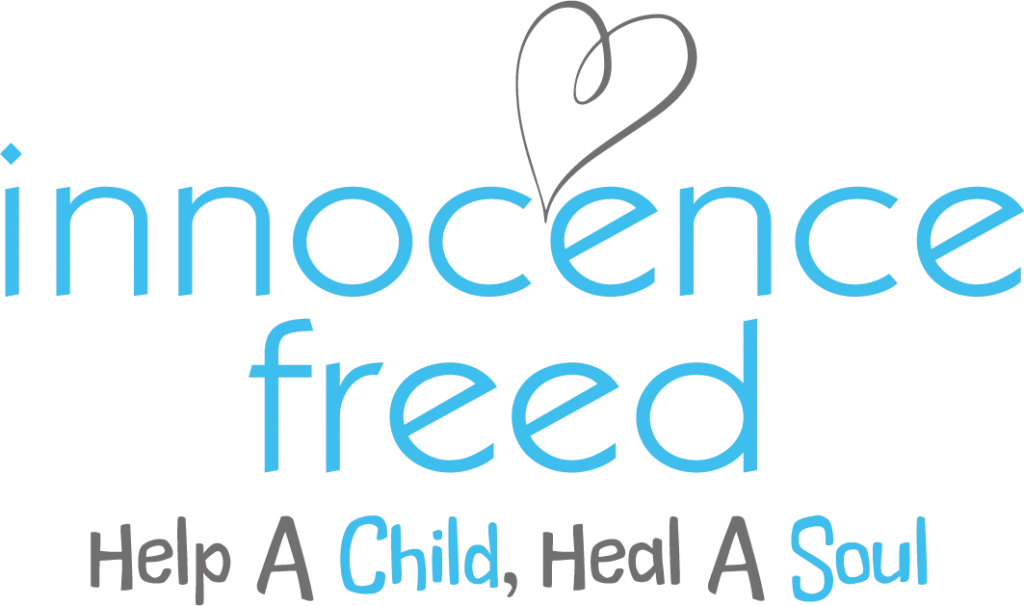
Dissociative Identity Disorder (DID)
Dissociative Identity Disorder (DID), formerly known as multiple personality disorder, is a complex psychological condition characterized by the presence of two or more distinct personality states (known as “alters”). Each alter may have its own identity, memories, behaviors, and perceptions of the environment. DID is classified as a dissociative disorder because it involves a disruption in normal consciousness, memory, and identity.
Key Characteristics of DID:
- Alters: Individuals with DID experience shifts between different identities, each with unique traits. Alters can have their own gender, age, name, and set of behaviors.
- Memory Gaps: People with DID may have memory lapses or blackouts, during which time an alternate personality takes control. This can result in the inability to recall specific events, personal details, or activities.
- Triggers: Changes in identity can be triggered by stress or external factors. The person may not always be aware of when these switches occur.
- Cause: DID is often linked to severe trauma or abuse, especially during early childhood. The dissociation serves as a defense mechanism to cope with overwhelming experiences.
- Symptoms: Besides identity disruption, individuals with DID may experience depression, anxiety, dissociation (feeling detached from oneself or reality), and difficulty in social relationships.
Treatment for DID:
- Psychotherapy (talk therapy): The main treatment for DID involves long-term therapy, where the goal is to integrate multiple identities into one.
- Healing from DID: Treatment for DID involves integrating fragmented identities and learning how to cope with traumatic memories. Psychotherapy, particularly Dialectical Behavior Therapy (DBT) or trauma-focused therapy, is used to help individuals manage their emotions and integrate their dissociative identities.
- Healing from Human Trafficking Trauma: Survivors of human trafficking face multiple layers of trauma, including physical, emotional, and psychological wounds. Many survivors experience post-traumatic stress disorder (PTSD), depression, and anxiety. Therapy and support systems are crucial in helping them rebuild their lives and recover from the long-term effects of exploitation.
- Medication: While there is no medication specifically for DID, antidepressants or anxiety medications might be prescribed to manage associated symptoms.
- There is a significant and concerning connection between dissociative identity disorder (DID) and human trafficking, as both involve severe trauma and exploitation.
- Equine-Assisted Psychotherapy (EAP):
Focuses on emotional and psychological healing. It involves activities such as grooming, feeding, and walking horses. These interactions, supervised by a licensed therapist, help clients work through emotional and behavioral challenges. - Equine-Assisted Learning (EAL):
More educationally focused, this type of therapy emphasizes learning personal and social skills. It is often used for children or those needing to build life skills like responsibility, teamwork, and communication. - Hippotherapy: A type of physical, occupational, or speech therapy that uses the movement of horses to assist patients with physical disabilities, developmental disorders, or speech impairments. The rhythmic movement of the horse helps improve balance, coordination, muscle strength, and motor skills.
DID in Childhood: Most individuals with DID experience their initial trauma in childhood, often within the family or close environment, where they had little ability to escape the abuse. This early exposure to severe, repetitive trauma overwhelms the child’s ability to form a stable sense of self.
Child Trafficking: Many victims of human trafficking are children who are either abducted, coerced, or sold into trafficking. They endure horrific abuse, such as sexual exploitation, forced labor, or physical violence, often from a young age. These children are at high risk of developing psychological conditions like DID because of their exposure to sustained trauma at a critical stage of development.
DID and Trauma: Dissociative Identity Disorder is often caused by severe, prolonged trauma experienced during childhood, such as physical, emotional, or sexual abuse. The trauma is so overwhelming that dissociation, or mentally “escaping” from the experience, becomes a coping mechanism. Over time, this leads to the development of multiple distinct identities.
Human Trafficking and Trauma: Human trafficking subjects victims to extreme exploitation and abuse, including sexual assault, forced labor, and psychological manipulation. Traffickers use violence, threats, and coercion to control victims, leaving them in a constant state of fear and emotional distress.
Dissociation as a Coping Mechanism in Both:
- In DID: The repeated traumatic experiences, often beginning in childhood, cause individuals to dissociate as a defense mechanism. When people experience trauma that is too painful to process, their mind creates different identities to contain or compartmentalize the suffering. Each identity (or “alter”) helps the person cope with aspects of the trauma they are unable to face as a single, unified self.
- In Trafficking Victims: Survivors of human trafficking may also use dissociation as a way to survive the unbearable conditions of exploitation. They may mentally detach from their physical and emotional pain to survive the abuse they endure daily. For some, this extreme and prolonged dissociation may lead to the development of DID, particularly if the trauma began during childhood and continued over time.
- Childhood Vulnerability and Exploitation
Victims of both DID and human trafficking are often vulnerable from childhood: - The trauma experienced by both trafficking survivors and individuals with DID makes recovery a long and complex process.
- Severe trauma is central to both DID and human trafficking. Dissociation, often seen in DID, can be a coping mechanism for survivors of human trafficking.
- Childhood trauma is a common factor, with many trafficking victims experiencing abuse early in life, placing them at risk of developing DID.
Both populations are vulnerable to psychological manipulation, with traffickers exploiting this vulnerability for control and exploitation. While DID and human trafficking are separate issues, the profound trauma associated with trafficking can lead to dissociation and, in extreme cases, the development of DID in survivors.
Written by, Julie Shrader
Founder and CEO of Innocence Freed

